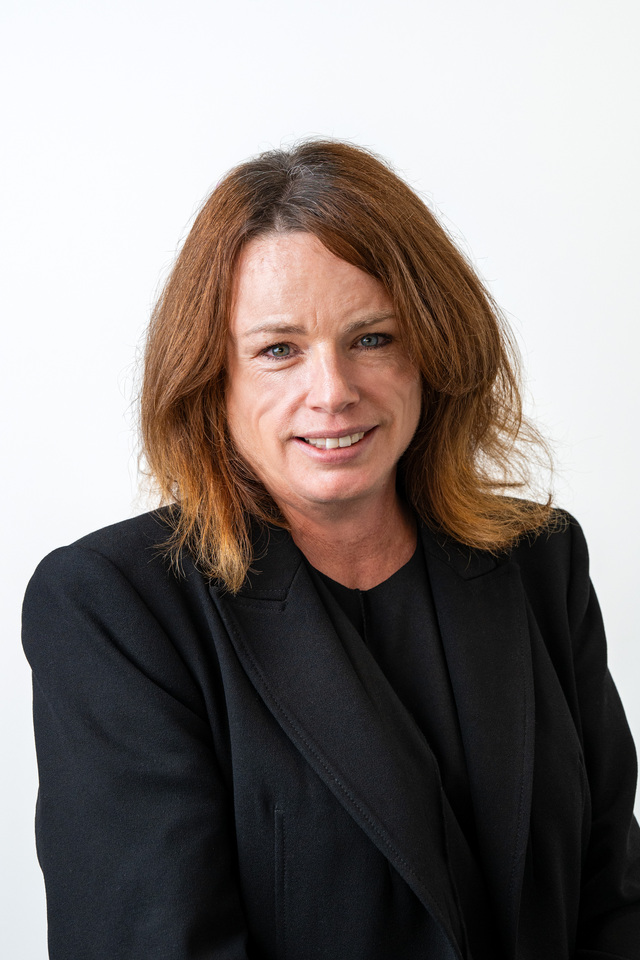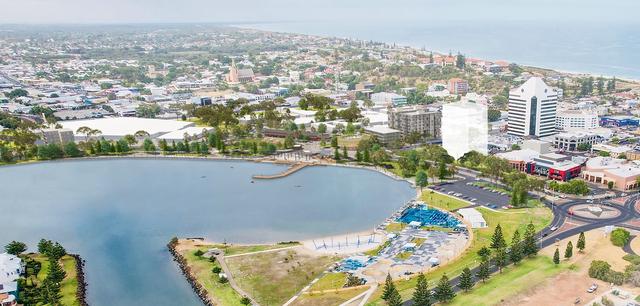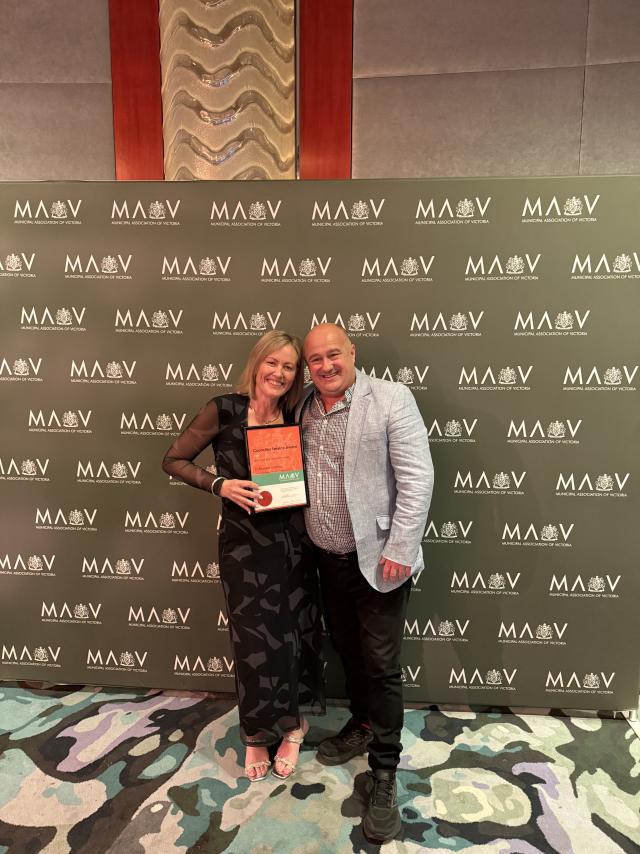I was getting a haircut in Byron Bay when I commented that Strop and Delvene did a great job in putting the town on the map.
“Who are they?” the young bloke replied. I looked in the mirror and decided his innocence was genuine. So I explained that Strop was Paul Hogan’s sidekick and that his wife Delvene was the heart throb of the 1970s. Their purchase of the Beach Hotel around 1990 fired the imagination of southerners. (They sold the pub a decade or so ago, and it was again sold for a reported $65 million a few months back.)
But Byron Bay is now much more than pubs and beaches. It has a carefree vibe and an international reputation, plus eye-watering housing and rental prices together with pricey restaurants. The good burghers have banned the big three fast-food chains, although Woolies and Aldi snuck in, presumably because they’re not in direct competition with the restaurants. Byron also has countless health and beauty outlets and ‘organics’ and ‘environmental sustainability’ adorn every second sign.
But what really sets it apart is the raffish charm where beach bums, buskers and the unemployed mix easily with well-to-do retirees. There is an egalitarian air not so apparent in Noosa, arguably its main rival.
Interestingly, Delvene and Strop’s arrival coincided with the commencement of the Byron Blues Festival – the idea of music entrepreneur Peter Noble. A few years later, the Byron Writers Festival began. The two events are now the cornerstone of the town’s marketing effort.
The missing infrastructure
The downside is that Byron Bay Shire has some appalling roads. It’s probably not that odd when you consider that NSW has the worst roads in Australia. You cross the border into Queensland or Victoria and the difference is stark. Even financially-stretched South Australia is ahead on this score.
Simon Richardson, the Mayor, explained that the Shire is acutely aware of the problem, and he met recently met with other civic leaders in NSW and beyond to discuss strategies to finance urgently-required roadworks. I understand that one option is a bed tax, which would surely be a cumbersome and wrong-headed move. To my mind, it’s the responsibility of the NSW Government, and that is where the lobbying effort should be focused.
The backdrop is that NSW Infrastructure Minister Constance has $70 billion available for infrastructure expenditure. Rather than writing submissions for program funding on a willy-nilly basis, councils in northern NSW should be pitching for big licks based on (i) their high population growth and obvious infrastructure gaps, (ii) the fact that rural roads are inherently a state issue (the feds are paying for the bulk of the Pacific Highway), and (iii) it’s about time to reign in Sydney-centric decisions e.g. the ludicrous $2 billion being spent on two new sports stadiums. (Indeed it was a dumb decision for a conservative government given the $450 million MCG upgrade precedent a decade ago where virtually 100 per cent of the project was financed by club members!)
Other gems
While Byron got its take-off as a result of hoteliers, entrepreneurs and creative people, other towns up there that could track Byron without necessarily trying to copy it. Yamba, Foster-Tuncurry and South West Rocks could be much more than lovely fishing villages. Mullumbimby also has a great vibe, and its ‘middle pub’ is a stand-out classy establishment. These towns are close to airports and would make great places for small internet-based businesses to flourish.
In conclusion, as heating bills skyrocket and the baby boomers reach retirement, the NSW north coast will continue to grow. As Mayor Richardson suggested to me, there is a crying need for infrastructure audits to highlight each community’s public infrastructure deficiencies and to provide the evidence base for NSW Government officials. The hinterland towns should also not be forgotten.
Chester not going quietly
Last month I predicted that former cabinet minister Darren Chester wouldn’t and shouldn’t take his demotion quietly.
Indeed he has recently slammed his own Government’s Community Development Grants Program over its lack of transparency, following revelations that millions of dollars were going to marginal electorates while safe seats missed out. “It’s not the projects that are funded which are always the issue, it’s the ones which miss out… lack of transparency on grant allocations is undermining public trust in our system of government,” he said.
Interestingly, Nationals Leader Barnaby Joyce’s seat, despite being very safe, has the third highest rate of federal funding ($28 million) since 2014.
The Australian National Audit Office has announced it will be investigating the Coalition’s administration of the scheme after condemning Labor’s program in 2014. This is all a bit late – better to have a former judge or senior official keeping a regular eye on things. There is a growing view in Treasury circles that regional grants aren’t cost-effective and should be scrapped.







